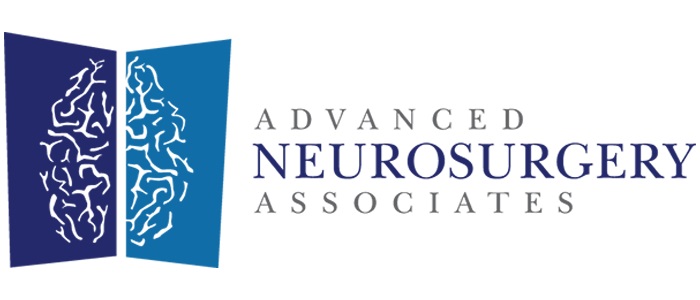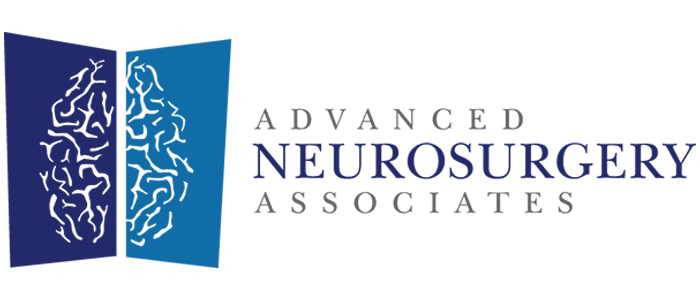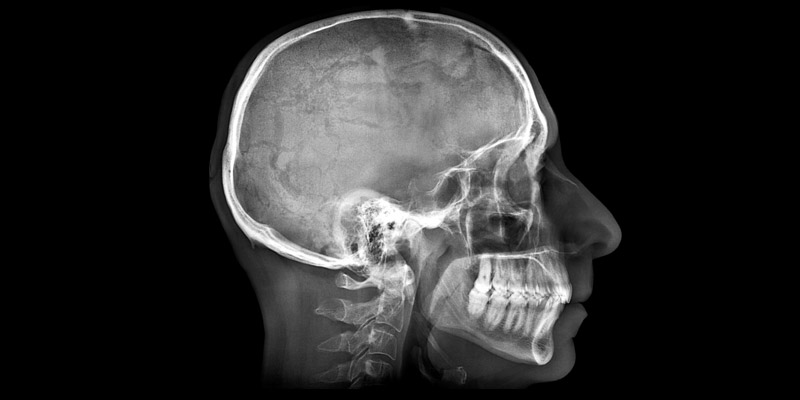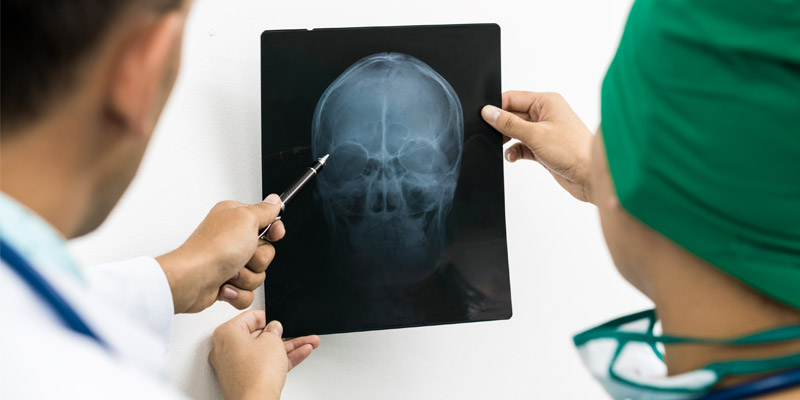What to Do If You Suspect a Concussion
As experts in pediatric and adult brain care, concussions are of enormous concern to us.
A concussion is considered a form of traumatic brain injury (TBI). The CDC reports more than 60,000 annual deaths in the US from traumatic brain injury (TBI), around 170 per day.
Recent research shows that one in five American teenagers report suffering a concussion before high school. The American Academy of Pediatrics (AAP) previously reported that emergency room visits for concussions in children ages 8 to 13 years old doubled, and concussions rose 200 percent among teens ages 14 to 19 in one decade.
At ANA, we are most alarmed by the increase in the number of concussions, as well as multiple concussions and second-impact syndrome (a dangerous condition in which a second concussion is incurred before the symptoms of a first concussion have subsided).
Equally disturbing is the fact that proper management of concussions continues to be problematic. The AAP estimates that some 2.3 million recreation and sports-related concussions occur annually in the United States, the majority being 18 years or younger. Additionally, it is estimated that 20–50% of teen concussions go unreported.
Below we explain signs to look for, how to monitor someone with a concussion and when to contact a doctor.
What Is a Concussion?
A concussion affects brain function, although usually only temporarily. A jolt to the head can cause the brain to bounce or twist in the skull head, which can damage brain cells or cause chemical changes. However, in some cases, concussions can be serious.
A concussion results from a variety of causes. Some of the most common causes of concussions include:
- direct blows to the head
- falls
- sports-related injuries
- motor vehicle accidents, including whiplash-type trauma
- assaults and violence
Concussions occur in many sports, with the highest incidence seen in:
- football / rugby / soccer
- hockey
- basketball
- cycling
- skateboards, scooters and recreational vehicles.
- baseball and softball.
Symptoms of a Concussion
Symptoms of a concussion usually reflect a functional disturbance to the brain and may include physical (e.g., headaches, nausea), cognitive (e.g., difficulty with concentration or memory), emotional (e.g. irritability, sadness), and ‘maintenance’ (e.g. sleep disturbances, changes in appetite or energy levels) symptoms.
It is important to note that some 90% of most diagnosed concussions do not involve a loss of consciousness, and symptoms may not occur until several hours after the episode.
Even when they appear, if it’s sports-related, many young athletes are not forthcoming for fear of activity restrictions. An unconscious athlete or one who regains consciousness quickly may be evaluated further on the sidelines.
Signs of a concussion may include:
- A slowness to answer questions
- Changes in mood (e.g., irritable, sad, emotional, nervous)
- Confusion or forgetfulness about recent events
- Dizziness or balance problems
- Double or blurry vision
- Drowsiness
- Feeling dazed or stunned
- Feeling mentally “foggy”
- Headaches
- Loss of consciousness
- Nausea or vomiting
- Sensitivity to light
- Sensitivity to noise
- Sleeping more or less than usual
- Trouble concentrating
- Trouble falling asleep
- Trouble remembering
Post-Concussion Treatment Guidelines
In the past, the recommended system of concussion evaluation included grades: Grade 1 (mild), Grade 2 (moderate) or Grade 3 (severe). These guidelines were developed for sports injuries by the American Academy of Neurology (AAN) in 1997. Grades were assigned specific symptomatic signs, with each grade dictating the course of action.
These three grades of concussions were characterized as follows: Grade 1 was characterized by transient symptoms and Grade 3 was the most serious and requires immediate medical attention.
Grade 1 Concussions
Grade 1 symptoms tend to resolve themselves. The best way to treat a Grade 1 concussion is by simply resting and not rushing back into the activity which caused it. However, it is recommended for people who suffer from multiple Grade 1 concussions to receive additional medical evaluation.
If a vision problem occurs, or any other concerning symptom, you should consult a physician immediately.
Grade 2 Concussions
If there is headache pain once the effects have lingered past a half hour, aspirin or ibuprofen can be taken. However, if the condition worsens over time, medical attention is required immediately.
Twenty-four hours of close observation by a family member or medical staff is required to make sure that additional symptoms don’t develop or current conditions don’t get worse.
Grade 3 Concussions
Similarly to a Grade 2 concussion, observation is essential in assessing a Grade 3 concussion. However, in the case of a Grade 3 concussion, immediate medical attention is required.
Should the symptoms worsen in any manner (i.e. more frequent headaches, slurred speech, decreased motor skills, etc.) further medical attention will be required. It is important to look for any possible signs of brain damage, e.g. differing pupil sizes, and problems with vision and eye coordination.
Revised Concussion Treatment Guidelines
However, in 2013, the AAN issued new evidence-based guidelines regarding evaluation and management of sports concussions which were published in the journal Neurology. The new recommendations are based on a review of decades of literature and were determined by focusing on four questions established by the AAN.
They were developed by a multidisciplinary committee of experts and endorsed by a wide range of athletic, medical and patient groups. The essence of these new guidelines is that concussions and return to play should be assessed in each athlete individually. Also, there should be no set timeline for safe return to play.
The updated version recommends that suspected concussions be addressed by immediately removing athletes from the game/activity. Athletes are not allowed to return until they are evaluated by a licensed healthcare professional trained in concussion management. Return to play should only be done after all acute symptoms are gone, and even then, that return should be done slowly. The younger the athlete, the more conservative these steps should be.
Licensed health professionals trained in treating concussion should look for ongoing symptoms (especially headache and fogginess) and a history of concussions, with extra vigilance when it comes to younger athletes.
The AAN guidelines point out that concussions are a clinical diagnosis (i.e., based on signs and symptoms) and that there is no single test equipped to determine diagnostic standards. Therefore, while concussion assessment tests (including written and/or computerized versions) may be helpful tools in the diagnosis and management of concussions, they should not be relied upon as sole measures.
The seriousness of a concussion dictates what kind of treatment you should seek. Most people with concussions recover fully with appropriate treatment. Make sure there is qualified personnel at sporting events who knows how to evaluate participants for concussions. These experts have a variety of tools to determine the presence of concussions on the spot. Since a concussion can be serious, safeguarding yourself is important.
Concussion Treatment Management
Regardless of the level of concussion severity, the brain requires a certain amount of recovery. That’s because the risk of secondary (additional) concussions can seriously exacerbate the damage caused by the initial concussion.
According to the AAN, the risk of repeat concussion is greater in those with a history of one or more previous concussions. In addition, the first 10 days following a concussion are the riskiest for being diagnosed with another concussion.
Once a serious injury has been ruled out, the two main components of concussion management include the following.
Resting of the Brain
Rest following any level of concussion could help avoid later problems. Complete rest (10 days or longer) entails not only ceasing physical/sports activities but also cognitive activities (e.g., no television, computer, texting, etc.).
Return to Activity
Any return to activity should depend on medical clearance and being symptom-free. It should be an individualized step-by-step process, with any exercise gradually increased.
There is some controversy on the topic of rest and return to activity. Some experts question whether long periods of total rest and inactivity promote concussion recovery. They go as far as to say that some type of activity can be resumed after a day or two of post-concussion rest. Others point to the need for clarity on what constitutes “rest.”
That said, there is a wide acknowledgement of the need for professional evaluation. And experts agree that the rule should always stand that resumption of contact sports participation should occur only with approval from a physician.
Medical Attention: When to See a Doctor For a Concussion
If you suspect someone under your care may have a concussion, it is important to keep a close eye on the individual and call a medical professional if you notice any concerning symptoms. If you are unsure whether or not to call a medical professional, it is important to be on the safe side due to the dangerous nature of concussions.
In rare cases, blood can accumulate on the brain (hematoma) and create pressure. Some danger signs include:
- loss of consciousness, even if only for a brief moment it should be taken seriously
- one pupil larger than the other
- a headache that worsens with time and doesn’t go away
- repeated instances of vomiting, nausea, convulsions, shaking, or twitching as if having a seizure.
- an inability to wake up, or unusual drowsiness
- Unusual behavior, which can include slurred speech, decreased coordination, confusion, restlessness, agitation, weakness, or numbness.
- in young children, it may appear as ongoing crying, an inability to be consoled, or refusal to eat or nurse.
As neurosurgeons, one of our central roles is the evaluation and treatment of mild and severe traumatic brain injuries. Please contact our office immediately if someone under your care needs medical attention for a concussion, and we will work with you to ensure the individual receives the care he or she needs.








